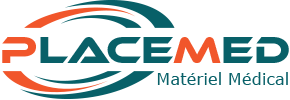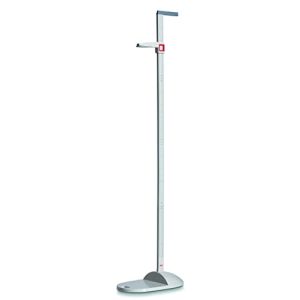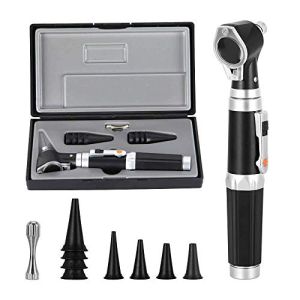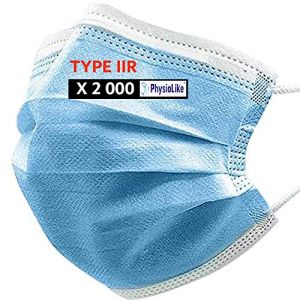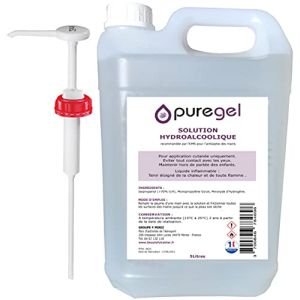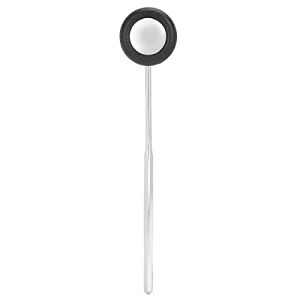Guide to CE Certifications for Medical Apparel and Footwear
Safety and quality of equipment are paramount. CE certifications play a crucial role in selecting medical apparel and footwear, ensuring they meet the strict standards of the European Union. In this guide, Placemed explains everything you need to know about CE standards and their importance in making informed decisions.

1. Understanding CE Certifications
What is the CE Marking?
The CE marking is a mandatory certification for many products sold within the European Economic Area (EEA). It indicates that the product meets the European Union's health, safety, and environmental protection requirements.
Objectives of CE Marking
The CE marking aims to ensure the free movement of products within the EU while guaranteeing a high level of protection for users. It also serves to harmonize quality and safety standards, facilitating trade and building consumer trust.
Process to Obtain CE Marking
To obtain the CE marking, manufacturers must follow a stringent process, which includes:
- Identifying applicable European directives.
- Evaluating product compliance with relevant requirements.
- Drafting the CE Declaration of Conformity.
- Affixing the CE marking on the product.
In some cases, a notified body's involvement is necessary to conduct additional testing and certifications.
2. Specific CE Standards for Medical Attire and Footwear
2.1. Applicable European Directives
- Directive 2013/59/Euratom: General safety requirements for medical equipment.
- Directive 2006/42/EC: Machinery and equipment.
- Directive 89/686/EEC: Personal protective equipment (PPE).
2.2. Relevant Harmonized Standards
- EN ISO 20345: Standards for safety footwear, also applicable to medical shoes, ensuring their durability and slip resistance.
- EN 14605: Worker protection against height falls, if applicable to medical clothing.
2.3. Specific Requirements for Medical Attire
- Materials resistant to bodily fluids and chemicals.
- Antimicrobial properties and ease of cleaning.
2.4. Specific Requirements for Medical Shoes
- Non-slip soles compliant with EN ISO standards.
- Protection against impacts and punctures.
3. Importance of CE Certifications in Choosing Medical Products
3.1. Safety and Protection
CE certifications ensure that medical products meet high safety standards, reducing the risk of accidents and nosocomial infections.
3.2. Regulatory Compliance
Using CE-certified products ensures compliance with European and local legislation, avoiding penalties and legal issues related to non-compliance.
3.3. Quality and Reliability
CE-certified products are synonymous with durability and performance, providing healthcare professionals with reliable equipment.
3.4. Patient Trust
CE-certified medical attire reinforces patient trust in healthcare professionals by ensuring optimal protection and hygiene.
4. How to Identify CE-Certified Products
4.1. Checking CE Labels
The CE marking is generally visible on the product label. It may be accompanied by the identification number of the notified body responsible for certification.
4.2. Verifying Certificates of Conformity
When purchasing, request certificates of conformity to ensure that the product is CE-certified. Verify the authenticity of certificates with the notified bodies.
4.3. Looking for Additional Labels and Certifications
Besides CE marking, some products may carry additional quality certifications. These extra labels can offer further assurance regarding product performance and durability.
5. Benefits of Choosing CE-Certified Products
Opting for certified medical attire and footwear offers several advantages, including:
5.1. Enhanced Safety
CE-certified products offer improved protection against risks present in medical environments, ensuring the safety of staff and patients.
5.2. Trust and Credibility
Using CE-certified equipment enhances your professional image and builds credibility with patients and colleagues.
5.3. Durability and Cost-Efficiency
Investing in CE-certified work attire, which is often more durable, reduces long-term costs by lowering the frequency of replacements.
5.4. Legal Compliance
Ensuring that your equipment complies with current regulations avoids penalties and guarantees that your facility meets quality standards.
6. Tips for Choosing CE-Certified Medical Attire and Shoes
In this section, we'll provide some tips for selecting certified medical uniforms:
6.1. Assess Your Specific Needs
Identify the particular requirements of your work environment, such as fluid resistance, breathability, or the ergonomic support needed.
6.2. Compare Available Options
Analyze various CE-certified brands and models, taking into account their features, materials, and customer reviews.
6.3. Consult Reviews and Recommendations
Feedback from other healthcare professionals can guide you toward reliable and comfortable products, helping you make an informed choice.
6.4. Check Material Quality and Manufacturing
Prioritize products made with high-quality materials that comply with CE standards to ensure their durability and performance.
6.5. Consider Comfort and Ergonomics
Choose attire and shoes that offer good comfort for long work hours, considering ergonomics and the necessary support.
7. Practical Cases and Examples of CE-Certified Products
7.1. Examples of CE-Certified Medical Attire
Popular models like breathable tunics with antimicrobial properties or fluid-resistant gowns, CE-certified, ensure optimal protection and comfort throughout the day.
7.2. Examples of CE-Certified Medical Shoes
Non-slip shoes compliant with EN ISO 20345 offer superior grip and impact protection, ideal for demanding hospital environments.
Case Studies
Many healthcare professionals report the benefits of CE-certified products, highlighting their durability, comfort, and compliance with safety standards, which enhances their work efficiency.
8. FAQ
8.1. What is CE marking, and why is it important for medical attire?
The CE marking indicates that the product meets the EU's health, safety, and environmental standards. For medical attire, it ensures effectiveness and safety in healthcare settings.
8.2. What are the main CE standards for medical shoes?
The main standards include EN ISO 20345 for safety footwear, also applicable to medical shoes, ensuring their durability and slip resistance.
8.3. How can I check if a medical uniform is CE-certified?
Look for the CE marking on the product label and consult the certificates of conformity provided by the manufacturer.
8.4. Are CE-certified products more expensive?
CE-certified products may be slightly more expensive due to compliance costs, but they offer better quality and durability, making them a worthwhile investment in the long term.
8.5. Can I use non-CE certified medical attire in my facility?
It is strongly recommended to use CE-certified attire to ensure safety and regulatory compliance in your facility.
9. Conclusion
CE certifications play a fundamental role in selecting medical attire and footwear. They ensure compliance with the European Union's safety and quality standards. By opting for CE-certified products, you not only guarantee your protection and that of your patients but also enhance your professional image.
At Placemed, we offer a wide range of CE-certified medical attire and shoes, combining comfort, durability, and safety. Explore our offerings and choose products that perfectly meet your professional needs.
 Francais
Francais 